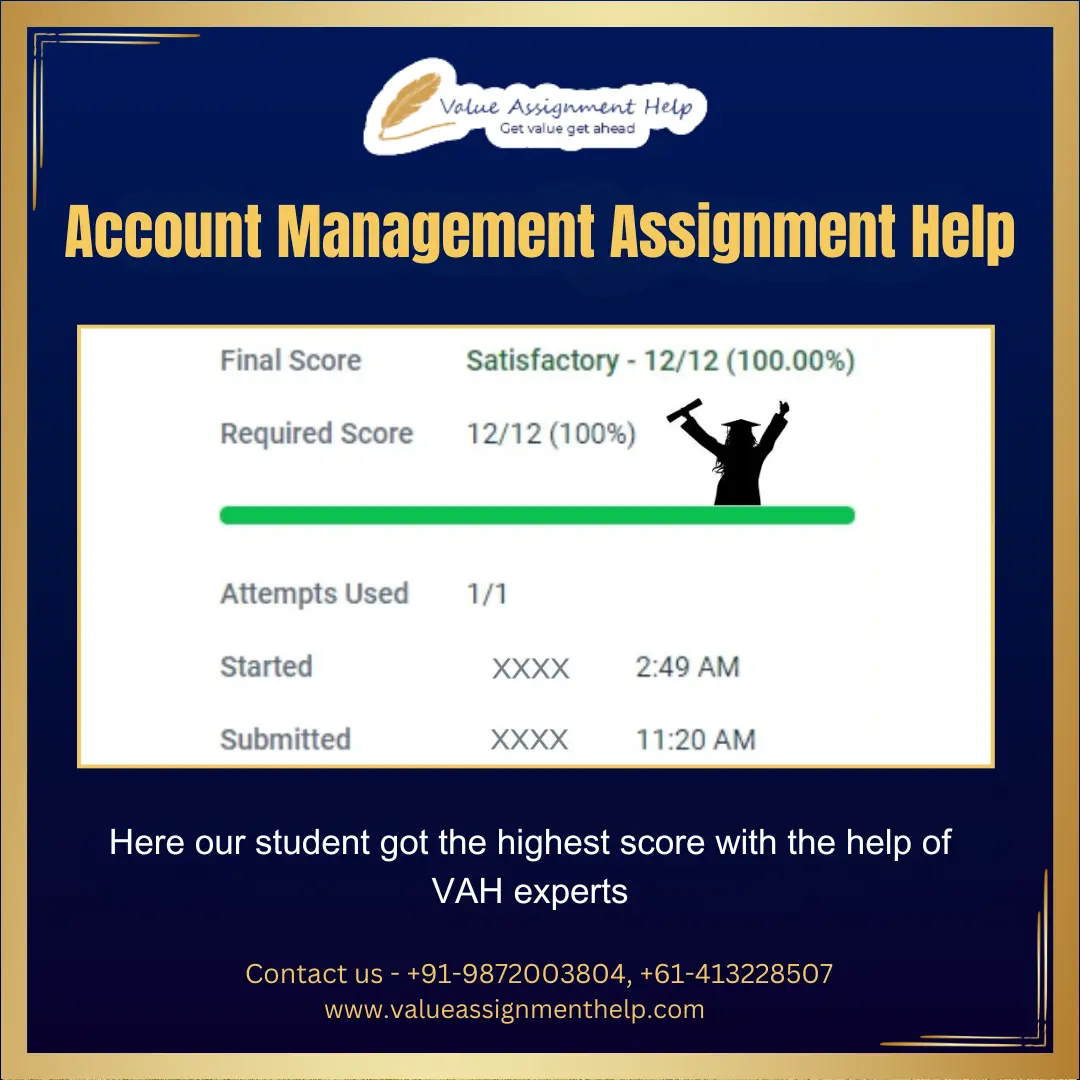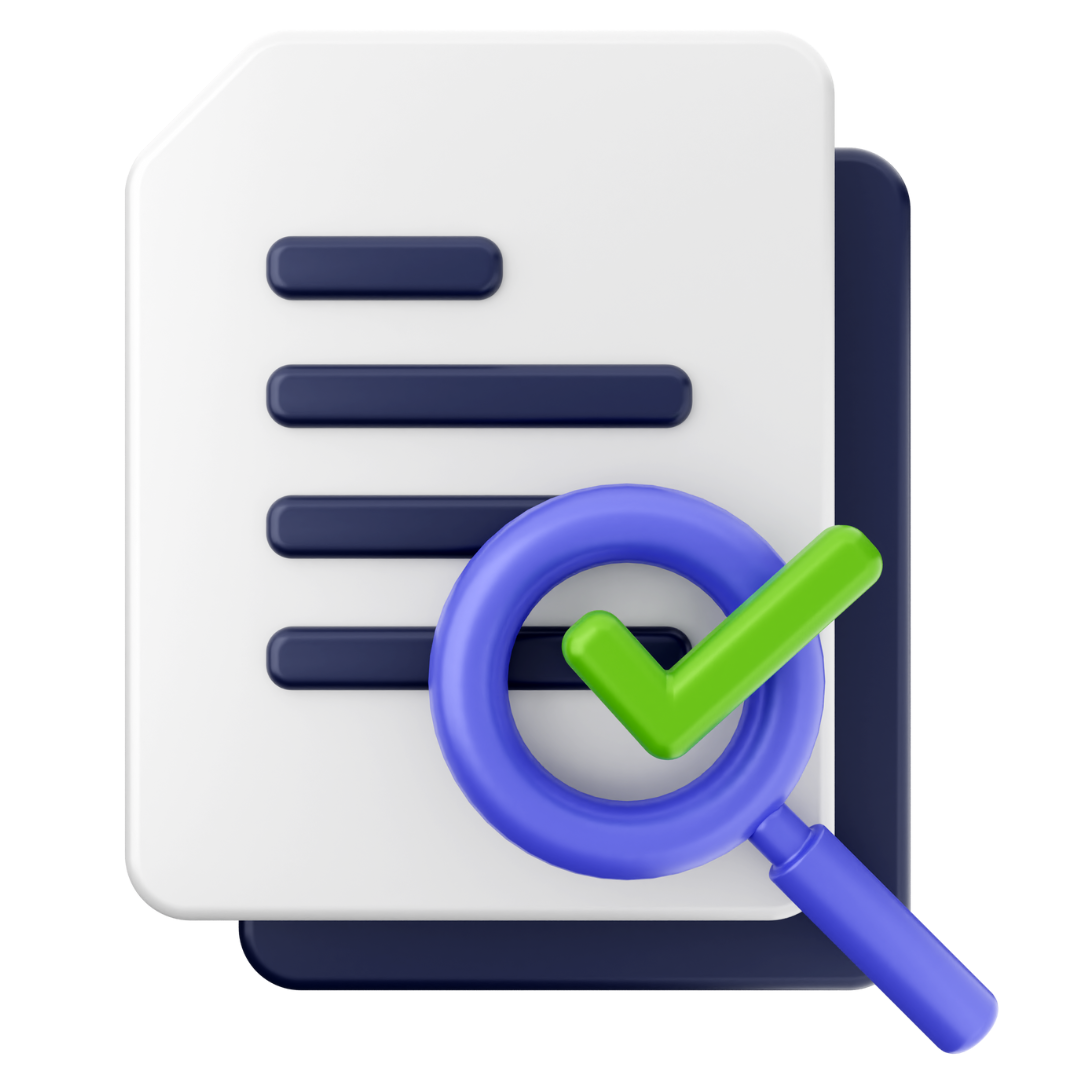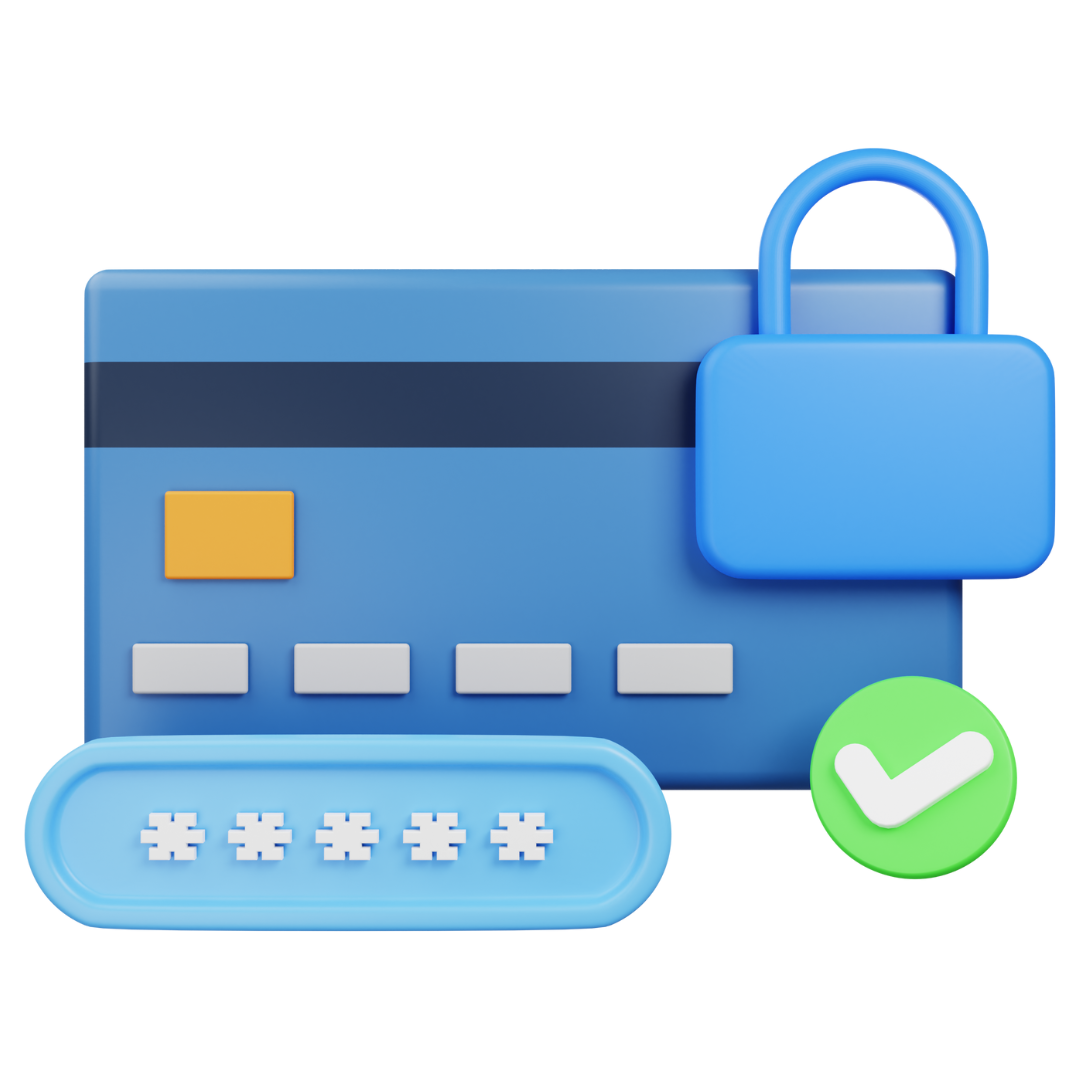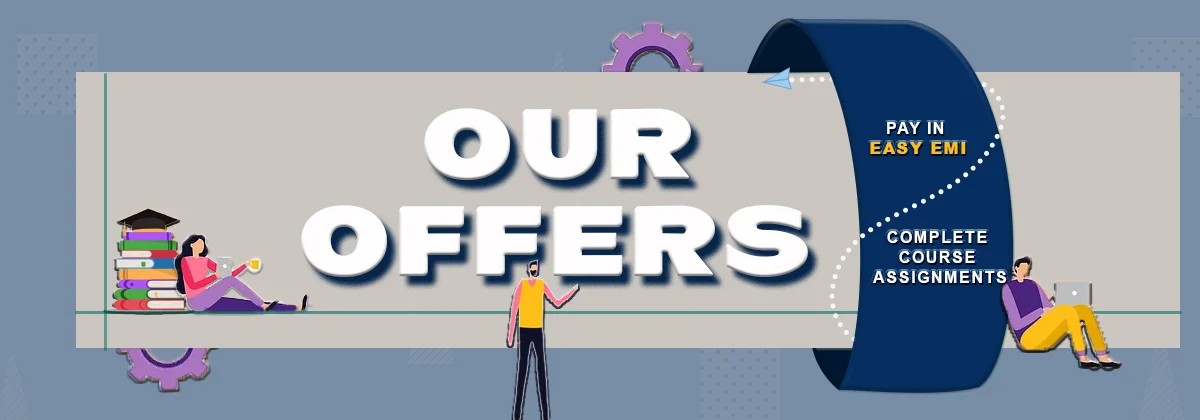Project risk finance and monitoring Assignment Sample by VAH Experts
How do you manage risk in project management and financing?
Managing risk in management and financing requires the implementation of the following steps:
-
Project risk register – creation of a project risk register helps to keep a track of the details of the potential risks and provides a summary of the entire risk management process for the project.
-
Project risk identification – it is imperative to identify project risks in a timely and organized manner before it can affect our project.
-
Identify opportunities – while looking for risks, you should also keep an eye on the potential opportunities that might help in your project and grab them before it is too late to ensure better results and greater success.
-
Evaluate the probability and impact of the risk – the odds of the risk happening and the level of affect it can have on the project are important factors to determine how much importance should be given to that particular risk.
-
Estimation – estimate the costs of dealing with each risk. By adding the costs of each risk, the accumulated cost should be treated as the contingency cost of the project.
-
Assign owners - making someone accountable for the managing and controlling of risk is very important. This not only helps to reduce risk but also empowers the employees by instilling a sense of responsibility and confidence in the employees.
-
Review of the project risk on a regular basis - Continuously monitor the risk management planning and review it on a regular basis to be aware of the changing environment.
-
Report on the project risks – risks that are on a higher scale should be promptly listed on the status report in detail. To get the input and direction of the executives, the top 10 risks should be discussed at steering committees.
Project risk finance and monitoring Assignment Sample by VAH Experts
How do you manage project risk?
Project risk can be managed by following the given steps:
-
Early identification of risks – early identification of risks gives you more time to plan and implement the steps to manage and reduce the impact of the risks.
-
Risk prioritization – every risk does not affect the organization equally. Where one risk might be sufficient to affect the whole business, another might not even be that important. Therefore, it is important to prioritize your risks and deal with the ones having more impact on the organization first.
-
Each risk should have an assigned owner – making someone accountable for the managing and controlling of risk is very important. This not only helps to reduce risk but also empowers the employees by instilling a sense of responsibility and confidence in the employees.
Project risk finance and monitoring Assignment Sample by VAH Experts
How do you evaluate project risk?
To evaluate a project risk, certain steps are to be followed which are as follows:
-
Identify risk – study the environment to analyze the potential opportunities or risks that you may face and which might impact your organization.
-
Determine probability – Identify the odds of the risk actually happening.
-
Determine impact – evaluate how strongly is the occurrence of the risk going to impact your organization.
-
Treat the risk – This step involves risk planning that will help to reduce the risk as low as reasonable possible and to an acceptable level.
-
Monitor the risk and review it – Continuously monitor the risk management planning and review it on regular basis to be aware of the changing environment.




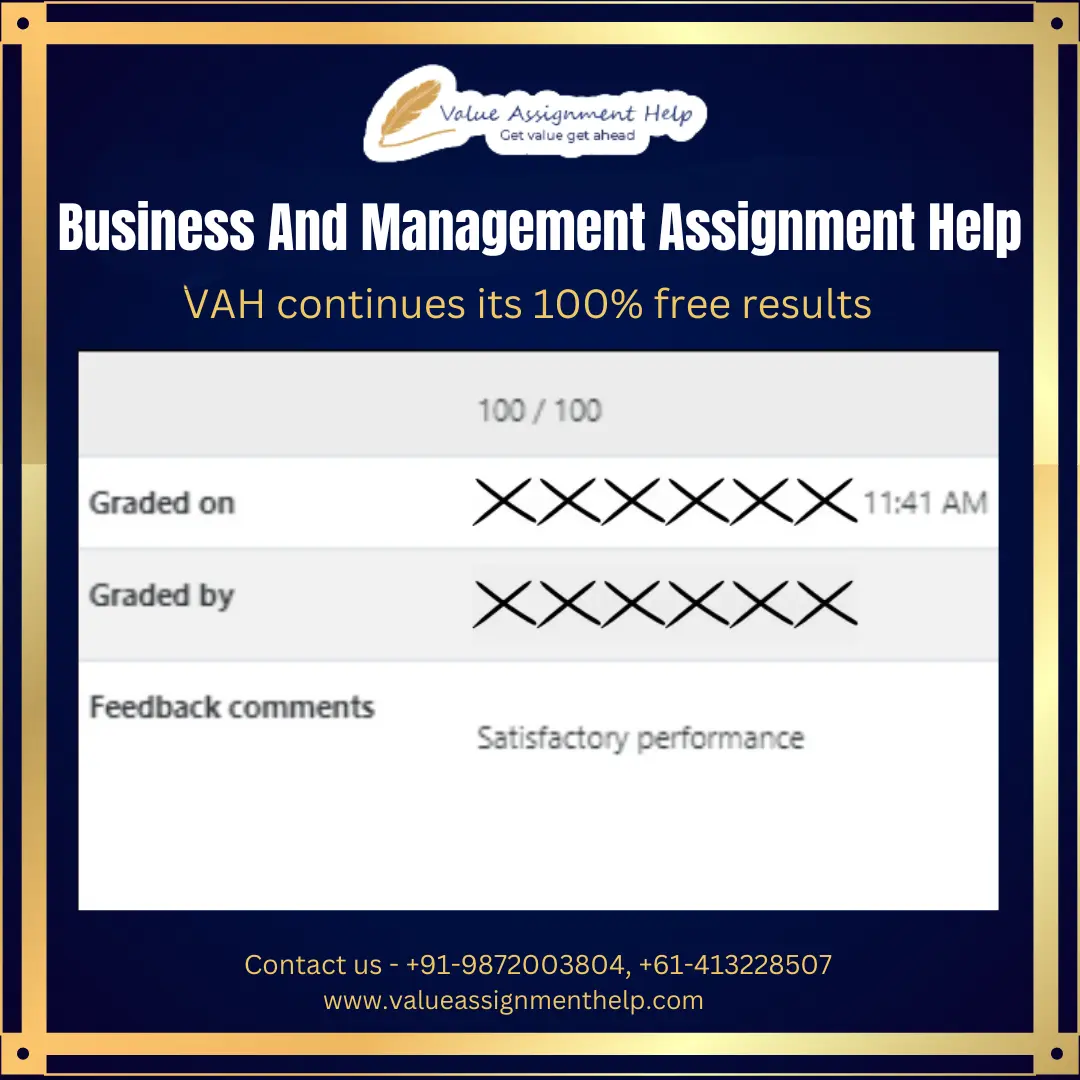
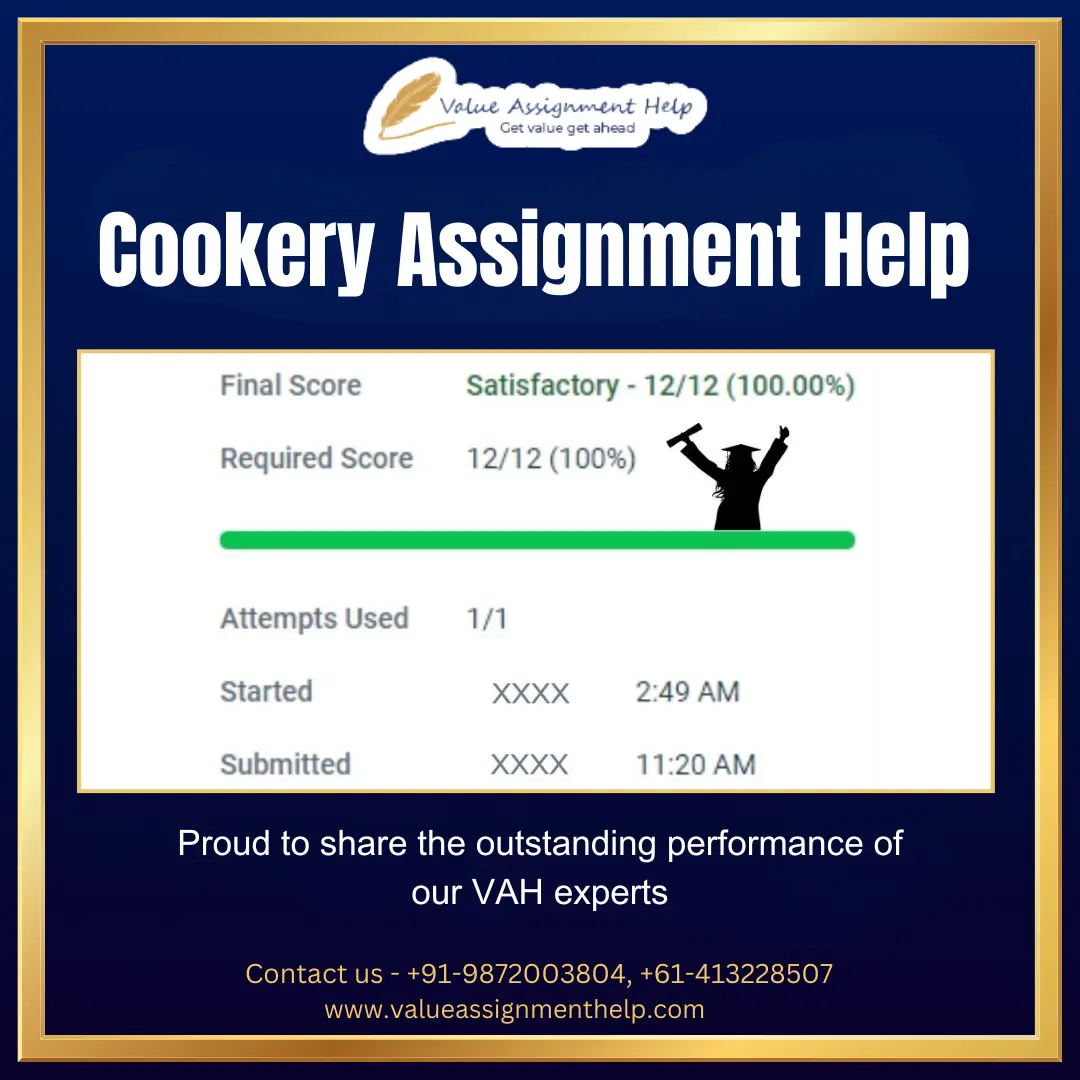
.png)
.png)
.png)
